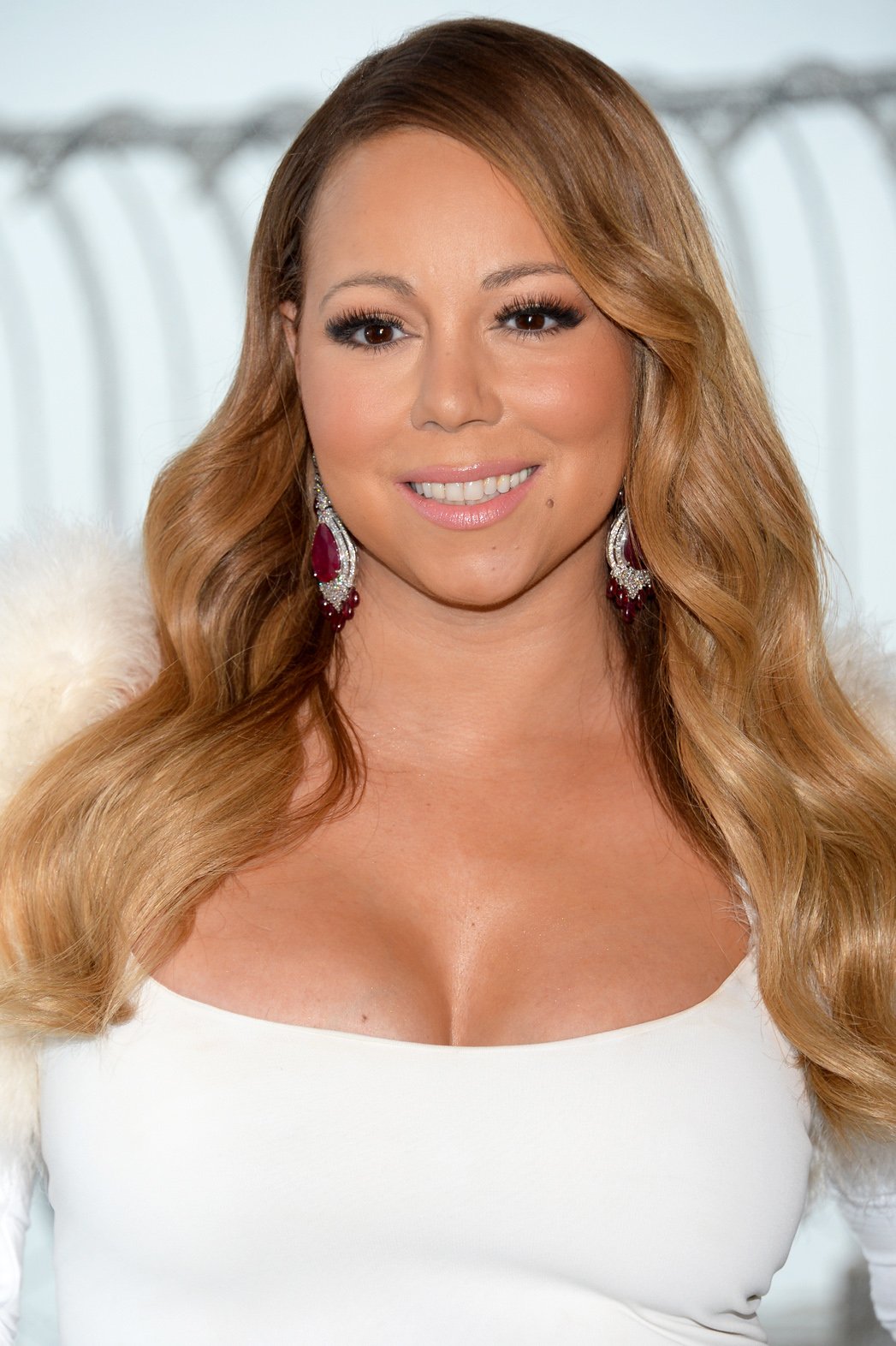Origins of African-American Ethnicity
Early in the nineteenth-century, the American North saw the emergence of invented ethnic self-identities that became political power groups: Germans, Irish, Jews, Hispanics (from Louisiana and Florida), and, of course, Black Yankees. Each ethnicity was synthetic in the sense that, while adopting symbols (traditions, language, rituals) associated with some land of origin, it absorbed diversity under a single label. Residents of what would become western Germany (Bavaria or Hesse-Kassel), for example, did not think of themselves as kin to Prussians until after they became a U.S. ethnicity.18
An incident in early nineteenth-century Buffalo, New York, exemplifies immigrants’ initial perception of separate identity, before the formation of a shared sense of common ethnicity. Some fifty families of German Jews came to Buffalo. They soon felt compelled to build their own synagogue, to avoid attending services with prior American Jews who had already been accepted as Americans. Before long, they had to split again into two congregations because of doctrinal differences between those from western and eastern Germany. Finally, the eastern congregation split in half due to liturgical disagreements between Prussians and Poles.19 Similarly, residents of county Cavan in Ireland looked down on Corkers as profligates, and those from Cork or County Claire used the term “meanCavanb*stard” as a single word (rather like “damnYankee” in the U.S. South).
Despite such initial divisions, immigrants quickly learned that power in America comes to those who command bloc votes. Each ethnic label became an umbrella designation covering all who joined. Voting was not the only manifestation of group power. Parades, public rituals, even riots and gang wars pitted group against group. Ultimately however, the aggressive, in-your-face umbrella ethnicities of the period arose as a consequence of democracy and surged with the widening Jacksonian franchise. Ethnic groups were voting blocs.20
One would think that Black Yankees would have been initially more diverse than Europeans because Africa is larger and more populous than Europe. The geographic triangle bounded by Cape Town, Casablanca, and Cairo is a vast kaleidoscope of thousands of cultures, religions, and mutually unintelligible languages. Nevertheless, Northerners of the Black endogamous group were not exempt from the need to define themselves as an ethnic group. Like other ethnicities, Black Yankees in Boston, New York, Philadelphia, and Cincinnati also conducted parades, processions, and festivals to, “strengthen and solidify the boundaries of class and ethnicity that buttressed and circumscribed American politics of self-interest.”21
Amid much pomp and parade, with carriaged processions of Revolutionary War veterans, members of benevolent and literary societies, and the committee on arrangements, entire communities made a public show of their “industry, integrity, [and] temperance.” Women and children joined the parades, waving flags from the windows of omnibuses. Along waterways like the Hudson and Susquehanna rivers, chartered steamboats brought ‘large delegations from different localities’ to common points of celebration like Geneva, New York, and Harrisburg, Pennsylvania. In a resonant declaration of Pan-African unity, African-American communities made clear [their solidarity].22
In Cincinnati, a three-way fight for jobs, among Black Yankees, Irish, and Germans, led to an attempt to exile Black Yankees from the state.23 The struggle among Irish, German, and Black laborers for lucrative work on Cincinnati’s docks led to demonstrations, then parades, then riots. Previously, Cincinnati’s Black caste had provided the bulk of construction laborers, porters, vendors, shoeblacks, messengers, and domestic workers—steady work in an expanding economy. The growing political power of Irish and German immigrants struggling to distinguish themselves as White men too, manifested itself in the enforcement of the repressive Ohio Black Codes, laws that had long been on the books but ignored.24 The city expelled Black Yankee children from public schools and forbade the construction of Black private schools.
By the summer of 1829, Black Cincinnatians were avoiding going out in public. They stopped going to hotels, restaurants, theaters, or riding public transportation. They found that they were no longer welcome to attend White church services.25 Former Virginian John Malvin organized a petition drive calling for a repeal of the Black codes. In angry reaction, the city council gave each Black Cincinnatian thirty days to leave the state or post $500 surety bond (roughly $25,000 apiece, in today’s money). Desperate, Malvin negotiated a sixty-day extension from the city in order for the refugees to find new homes in exile. The city’s White zealots—led by not-yet-fully-White immigrant German and Irish laborers—responded to the extension on August 19, 1829 with a riot that burned down all of Cincinnati’s Black residential areas.26
The expulsion order and subsequent arson riot shocked Americans everywhere. It was even reported overseas. Compassion for the victims sparked collection drives for money, food, and clothing even among Southern slave-owners, and brought about the first meeting of the National Convention movement. Zephaniah Kingsley, one of Florida’s wealthiest slaveowners, a man who, seven years earlier had been appointed by President Monroe to Florida’s Legislative Council wrote that, “[racial tolerance] may be considered as a standard measure by which the comparative state of civilization… may be fairly estimated.” He opined that Ohio had stepped outside the limits of civilized society, “in its acts of oppression against its free colored inhabitants, by which their existence seems so far to have been threatened….”27
Looked at rationally, immigrant Irish and German resentment of Cincinnati‘s Black workers made little sense. From the viewpoint of strict self-interest, the most severe competition that each unskilled Irish worker faced in selling his labor was not from already-employed Black workers, but from the dozens of identically unskilled Irish laborers who had just stepped off the same boat.28 Returning to the experience of Frederick Douglass, the former slave had no more success at portraying himself as biracial in such an environment than an agnostic resident of Belfast would have in adopting a dual Catholic/Protestant persona today. Membership in an ethnicity in many ways resembled membership in a gang
















 I mean...c'mon....
I mean...c'mon....